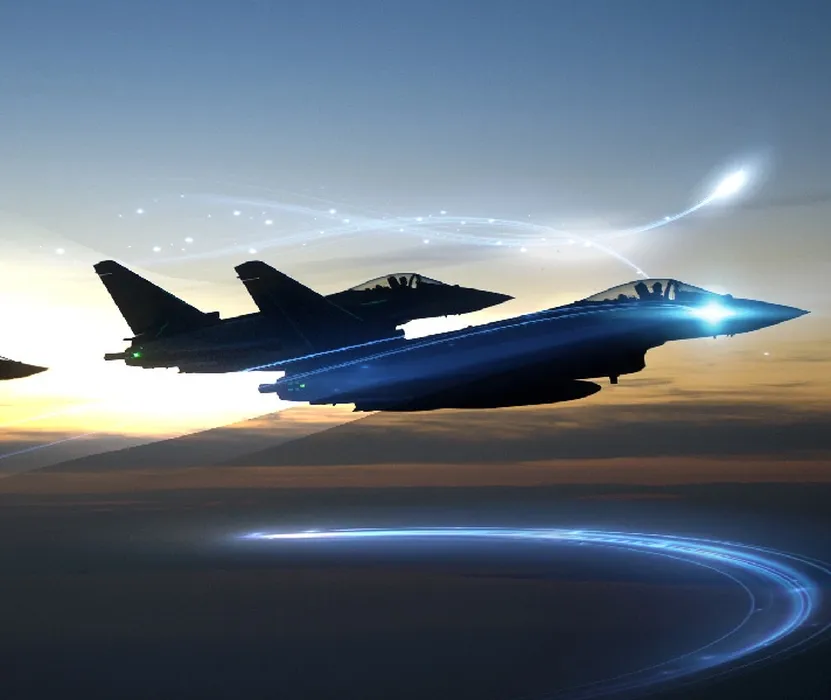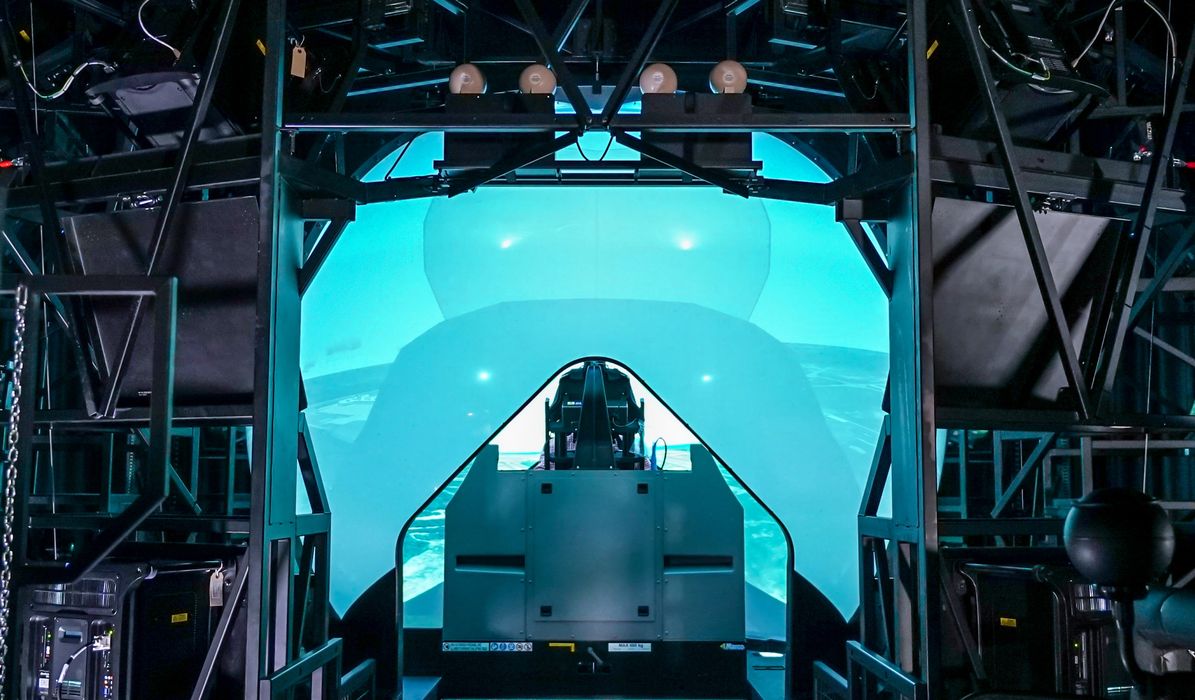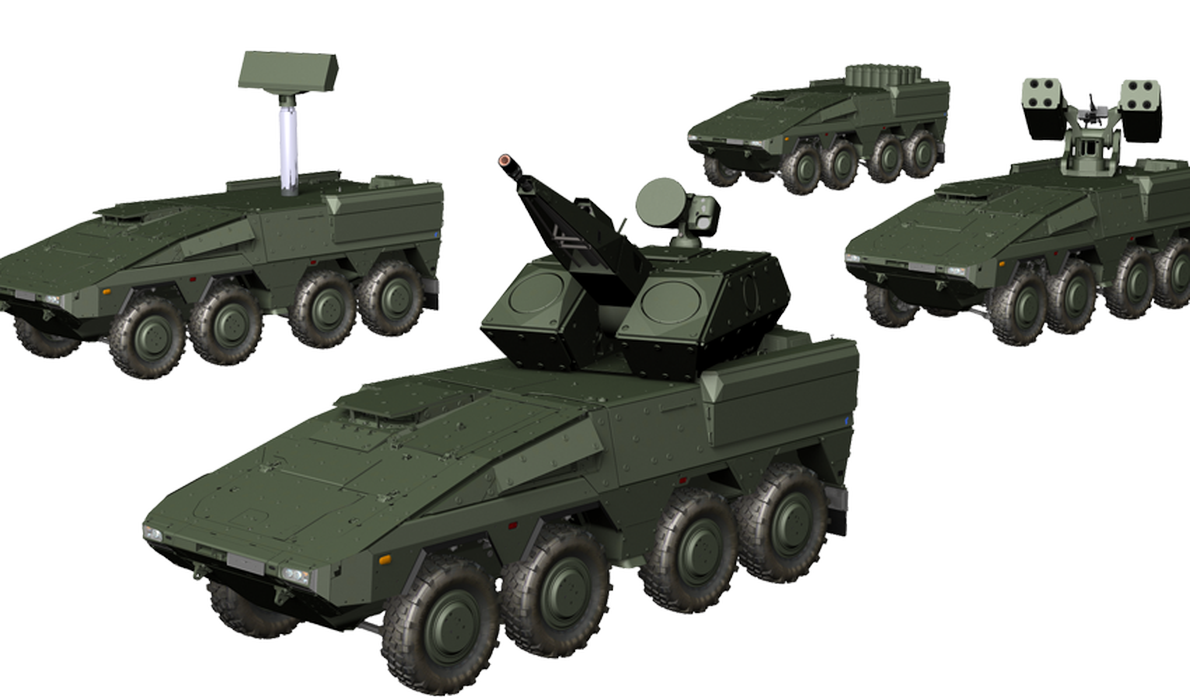
Charles R. Goulding and Preeti Sulibhavi explore how a US$52 billion cash surge is challenging defense contractors to choose between short-term gains and long-term innovation in the wake of global conflicts.
As global tensions rise, particularly with the ongoing conflict in Ukraine, defense contractors are experiencing an unprecedented surge in demand. A recent Financial Times article from August 27, 2024, highlighted the staggering US$52 billion in added free cash flow that the global defense industry is poised to receive. This cash influx, driven primarily by government orders related to the Ukraine war, has significant implications for the world’s top defense contractors, including major U.S. firms like Lockheed Martin, Raytheon Technologies, Northrop Grumman, General Dynamics, and Boeing, as well as European powerhouses such as BAE Systems and Rheinmetall.
The Surge in Defense Spending: A Boon for Top Contractors
The ongoing war in Ukraine, coupled with rising geopolitical tensions globally, has led to a substantial increase in defense spending by governments, particularly in NATO countries. The conflict has underscored the importance of military readiness and the need to replenish and modernize weapon stockpiles. As a result, defense contractors are witnessing a surge in orders for everything from advanced fighter jets and missiles to tanks and ammunition.
For U.S. defense contractors, this represents a significant opportunity. Lockheed Martin, for instance, has seen increased demand for its F-35 fighter jets, which have been crucial for NATO allies looking to enhance their air capabilities. Similarly, Raytheon Technologies, which produces the Patriot missile defense system, has experienced a surge in orders as countries seek to bolster their defensive capabilities against potential threats from Russia.
European defense firms like BAE Systems and Rheinmetall are also benefiting from this surge in demand. BAE Systems, the largest defense contractor in Europe, has seen a marked increase in orders for its armored vehicles and naval systems. Rheinmetall, a key supplier of military vehicles and ammunition, has ramped up production to meet the growing needs of European nations that are rearming in response to the conflict.

Concerns Over Stock Buybacks vs. Investment in Innovation
While the influx of cash is a positive development for the defense industry, it has also raised concerns among governments and commentators. There is a growing worry that defense contractors might use this windfall primarily for stock buybacks rather than investing in research and development (R&D) or expanding manufacturing capabilities. Stock buybacks, while beneficial for shareholders in the short term, do little to enhance a company’s long-term competitiveness or address supply chain vulnerabilities.
To mitigate these concerns, some suggest that government agencies should focus on awarding long-term contracts that provide defense companies with the stability needed for more certain business planning. These contracts would not only ensure a steady flow of income but also incentivize contractors to invest in R&D and manufacturing. This is particularly crucial in the current climate, where supply chain shortages have been exacerbated by the war in Ukraine and the Israel-Hamas War.
The Role of 3D Printing in the Defense Industry’s Future
One area where defense contractors could channel this additional cash is into advanced manufacturing technologies, particularly 3D printing or additive manufacturing. This technology has already begun to revolutionize the defense industry by enabling faster, more cost-effective production of parts and systems.
Lockheed Martin, for example, has been at the forefront of adopting 3D printing technology. The company has used additive manufacturing to produce parts for the F-35 fighter jet, significantly reducing the time and cost associated with traditional manufacturing methods. By investing in this technology, Lockheed Martin can not only streamline its production processes but also reduce its dependence on external suppliers, thereby mitigating some of the risks associated with supply chain disruptions.
Similarly, Raytheon Technologies has been leveraging 3D printing to enhance its missile systems. The company has developed 3D printed components for its Tomahawk cruise missiles, which have been used extensively by the US military. These components are lighter and more durable than traditionally manufactured parts, improving the missile’s performance and reliability.
In Europe, BAE Systems has also embraced 3D printing, particularly for its naval and aerospace divisions. The company has used additive manufacturing to produce complex components for its submarine and aircraft programs, reducing lead times and costs. Rheinmetall, too, has invested in 3D printing technology, particularly for the production of armored vehicle components and munitions.

The Strategic Importance of Digital Twins and Automation
Beyond 3D printing, the defense industry is increasingly moving towards digitization and automation. One of the key innovations in this space is the use of digital twins—virtual replicas of physical assets that can be used for simulation, testing, and optimization. Digital twins allow defense contractors to optimize the design and performance of complex systems before they are physically built, reducing the risk of costly errors and delays.
Northrop Grumman, for instance, has integrated digital twin technology into its development processes for advanced aerospace systems. By creating virtual models of aircraft and spacecraft, the company can simulate how these systems will perform in various scenarios, allowing for more precise design and engineering. This not only speeds up development but also ensures that the final products are more reliable and effective.
Automation, too, is playing a crucial role in modernizing defense manufacturing. Advanced machine tools, welding equipment, and robotics are being integrated into production lines, enabling defense contractors to produce more complex systems with greater precision and efficiency. This is particularly important for companies like Boeing, which produces highly sophisticated aircraft and defense systems that require the utmost precision and quality.
The Financial Dilemma: To Invest or Not to Invest?
Despite the clear benefits of investing in advanced technologies like 3D printing, digital twins, and automation, defense companies face a financial dilemma. With US$52 billion in free cash flow at their disposal, the question is whether to invest in these innovations or return the money to shareholders through stock buybacks.
Defense company financial gatekeepers may be tempted to prioritize short-term financial gains over long-term investments. However, as the industry sits on this level of excess cash, it will be increasingly difficult to justify blocking worthwhile projects that could significantly enhance a company’s competitive position in the future.
Government agencies and other stakeholders will likely play a crucial role in shaping these investment decisions. By awarding long-term contracts and providing incentives for R&D and manufacturing investments, governments can encourage defense contractors to allocate a larger portion of their cash reserves towards innovation and production capacity.
The Research & Development Tax Credit
The now permanent Research and Development (R&D) Tax Credit is available for companies developing new or improved products, processes and/or software.
3D printing can help boost a company’s R&D Tax Credits. Wages for technical employees creating, testing and revising 3D printed prototypes can be included as a percentage of eligible time spent for the R&D Tax Credit. Similarly, when used as a method of improving a process, time spent integrating 3D printing hardware and software counts as an eligible activity. Lastly, when used for modeling and preproduction, the costs of filaments consumed during the development process may also be recovered.
Whether it is used for creating and testing prototypes or for final production, 3D printing is a great indicator that R&D Credit-eligible activities are taking place. Companies implementing this technology at any point should consider taking advantage of R&D Tax Credits.
Conclusion: A Turning Point for the Defense Industry
The US$52 billion cash influx presents a unique opportunity for the global defense industry. While there are concerns about how this money will be used, there is also tremendous potential for defense contractors to invest in the technologies and capabilities that will define the future of warfare.
By embracing 3D printing, digital twins, and automation, companies like Lockheed Martin, Raytheon Technologies, BAE Systems, and Rheinmetall can not only meet the immediate demands of the Ukraine conflict but also position themselves as leaders in the next generation of defense technology. However, this will require a strategic shift away from short-term financial gains and towards long-term investment in innovation—a shift that could ultimately determine the industry’s future.
